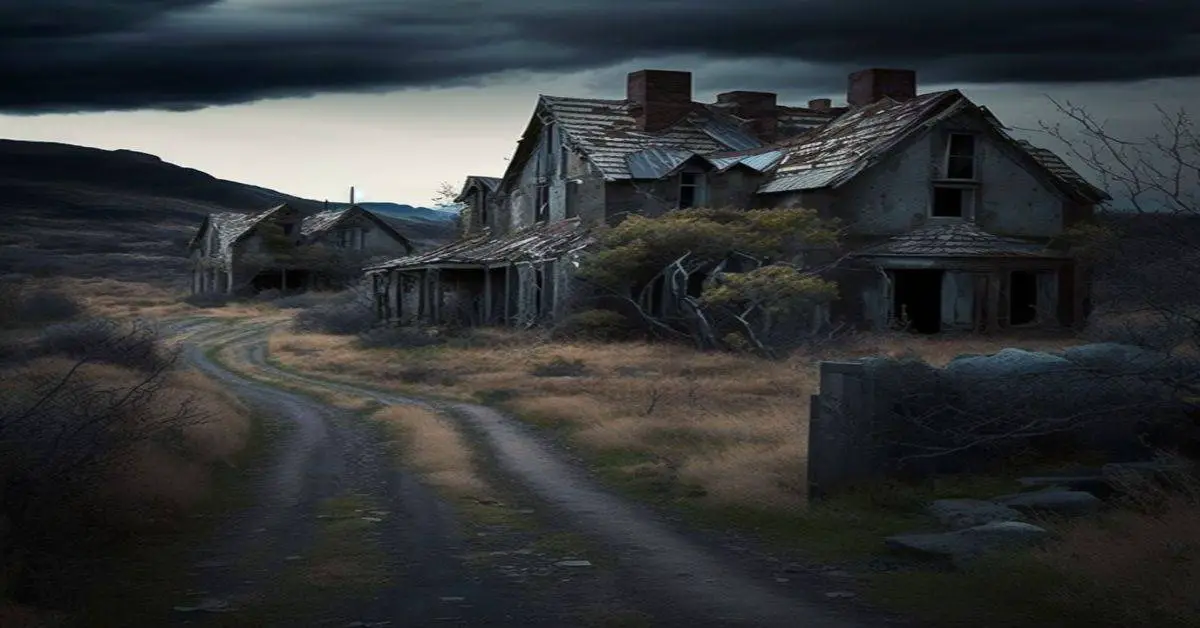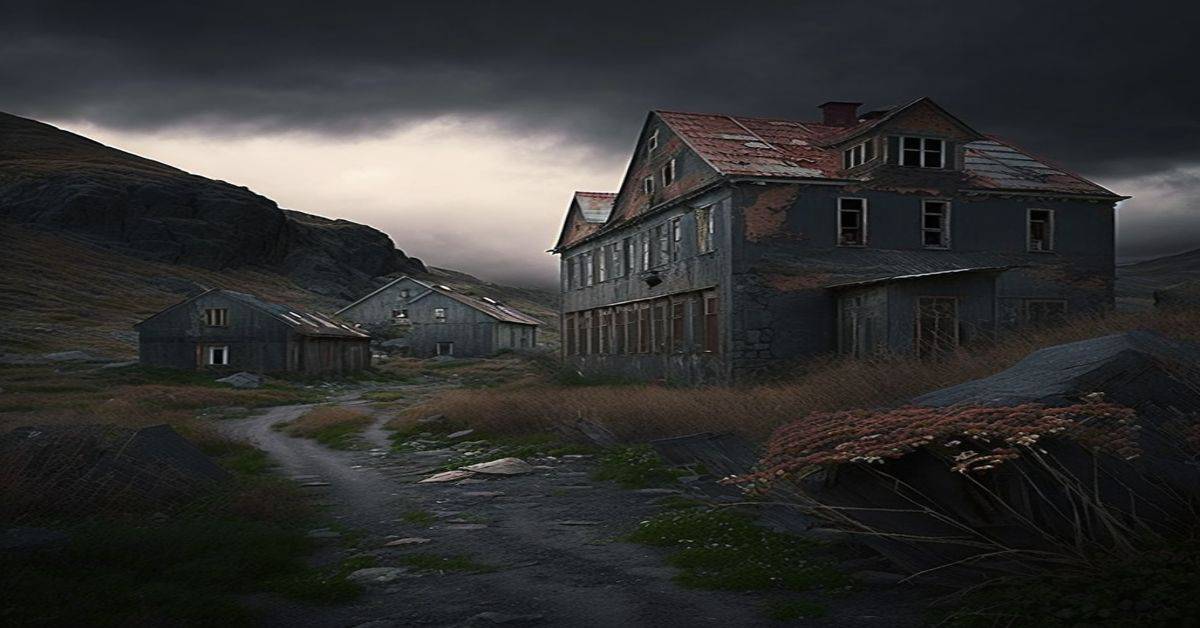The lost town of Troy is a captivating source of intrigue and mystery for those interested in historical ghost towns. Once the county seat of Lafayette County in Florida, the town’s history is a complex web of burnt courthouses, Union sympathizers, and Confederate deserters.
Despite its enigmatic past, the town’s remnants continue to fascinate historians and archaeologists alike. Nestled near Troy Springs, the remains of log homes offer a glimpse into the town’s past and serve as a testament to the town’s existence.
However, despite the intriguing clues left behind, the town itself has been lost to time. In this article, we will explore the history and mystery of the lost town of Troy, piecing together the remnants of the town’s past to uncover what made this town such a unique and intriguing piece of history.
Key Takeaways
- Troy was a historical ghost town in Florida and the county seat of Lafayette County that faced challenges posed by flooding and water management.
- The town had a post office, five stores, two doctors, a saloon, and a courthouse, but the county courthouse, which had records of the town’s important papers, including its history and culture, was burned down.
- The town’s residents relocated to a nearby site and renamed it New Troy, but the remains of both Troy and New Troy are unknown.
- Mike Woodfin’s research sheds light on the town’s establishment as the county seat of Lafayette County and the subsequent relocation of its residents to New Troy following a devastating fire, highlighting the importance of preserving the artifacts and remains of the town as a cultural heritage of Florida’s lost towns.
Location and History
Located approximately 8-9 miles up the Suwanee River from Branford, Troy was once the county seat of Lafayette County and had a post office established in 1845.
Despite its historical significance, the exact location of the town remains unknown.
Some surveys suggest it was situated on the banks of Troy Springs, but the remains of the log homes and other structures that once stood there are no longer visible today.
Troy’s cultural impact is significant, as it was home to Union sympathizers and Confederate deserters during the American Civil War.
The county courthouse, which was burned down, had records of the town’s important papers, including its history and culture.
According to legend, the county judge was warned of the impending fire and removed the town’s important documents before it was destroyed.
The town’s residents relocated to a nearby site, and the town was renamed New Troy.
However, the remains of New Troy are also unknown.
Despite its mysterious disappearance, the lost town of Troy remains an important part of Florida’s cultural heritage.
Features and Artifacts
Evidence of flooding in the area surrounding Troy Springs suggests that water management may have been a significant challenge for the town’s residents. The town’s location near the Suwanee River and its proximity to the springs would have made it vulnerable to flooding during periods of heavy rainfall.
The remains of log homes found near Troy Springs indicate that the town was built using local materials, which would have been cost-effective, but also susceptible to water damage.
Despite the challenges posed by flooding, the town’s residents established a post office, five stores, two doctors, a saloon, and a courthouse.
The fact that the county judge reportedly removed all of the town’s important papers before the fire suggests that the residents were aware of the risks involved in living in the area.
However, the town’s eventual demise may have been partly due to the difficulty of managing water in the area. Today, the remains of log homes are no longer visible around Troy Springs, but their presence is a testament to the challenges faced by the town’s early settlers.
Contributor Information
The contributor of this text on Troy, Mike Woodfin, has provided valuable insight into the historical context and challenges faced by the residents of the lost town.
Woodfin’s research sheds light on the town’s establishment as the county seat of Lafayette County and the subsequent relocation of its residents to New Troy following a devastating fire. The relocation and renaming of the town highlight its inhabitants’ resilience and determination to rebuild their community in the face of adversity.
In addition to his research on the town’s history, Woodfin also highlights the importance of preserving the artifacts and remains of the town. He notes that flooding would have been a significant challenge for the residents, and the remains of log homes found around Troy Springs attest to the town’s vulnerability to natural disasters.
Woodfin’s contribution to the understanding of Troy’s history and preservation of its artifacts is an essential resource for anyone interested in the cultural heritage of Florida’s lost towns.
Frequently Asked Questions
What led to the decline and eventual abandonment of Troy and New Troy?
The decline and ultimate abandonment of Troy and New Troy is not well-documented, but possible factors include environmental issues such as flooding and deforestation, as well as socioeconomic factors, including political instability and demographic shifts.
Are there any documented supernatural or paranormal occurrences associated with Troy or New Troy?
Despite local myths and legends, no documented supernatural or paranormal occurrences are associated with Troy or New Troy. Any supposed sightings remain unverified and lack factual evidence.
Has any archaeological work been done in the area to uncover more information about the towns?
Archaeological findings have been limited in the Troy and New Troy area, with no major excavations having taken place to uncover more information about the ghost towns’ historical significance.
Are there any notable figures or events associated with Troy or New Troy that are not mentioned in the article?
No notable figures or events associated with Troy or New Troy beyond those mentioned in the article. However, it is worth noting that the ancient city of Troy, its legendary figure Homer, and the Trojan War have significantly impacted literature and popular culture. The Trojan Horse legend, in particular, has become a symbol of deception and subterfuge.
Is there any local folklore or legends surrounding the towns or their inhabitants?
As per local traditions, Troy was home to Union sympathizers and Confederate deserters, and the county judge was warned of the burning. However, no known myths or legends surround the towns or their inhabitants.


